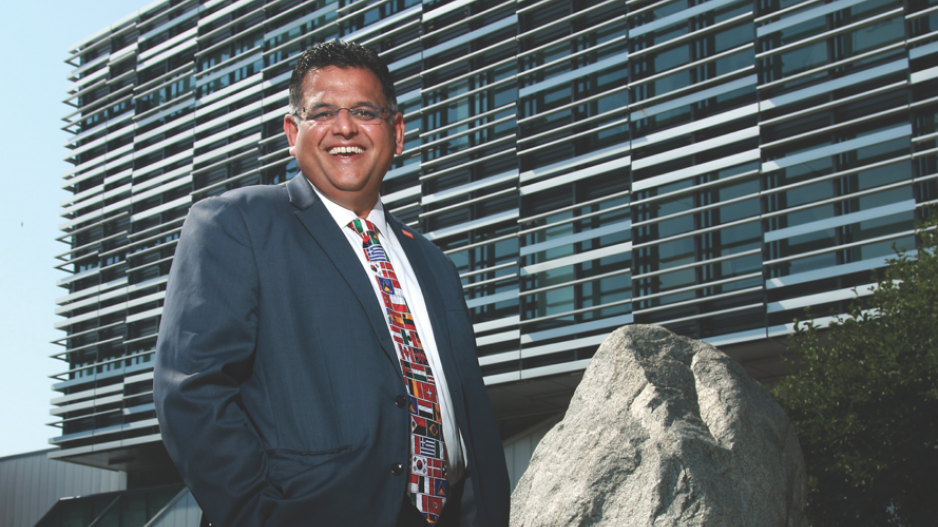B.C. universities are increasingly reliant on international students for revenue, but representatives stress that admissions processes do not favour those students even though tuition can be as high as seven times what a domestic student would pay.
Administrators instead argue that, by accepting more international students, space is opened up for domestic students because courses can be split in size and offered at different times – something that also adds flexibility to student schedules.
Those extra classes can also be financed by the higher tuition rates that international students pay.
“Overall for domestic students, you’re seeing a softening of enrolment because of the demographics of the domestic students,” said Langara College’s vice-president of external development, Ajay Patel.
Patel blames the aging population in the West for proportionally fewer university-aged domestic students.
Demand for a Canadian education, however, has likely never been higher in many parts of the world.
Provincial government data shows that the number of international students at B.C. post-secondary institutions rose 97.2% to 45,130 between 2008-09, and 2014-15, which is the most recent school year for which there is information. The head count for domestic students during that same time frame dropped 3.2%.
Data from Metro Vancouver institutions indicates the trend of more international students has picked up steam in the past few years.
The University of British Columbia’s (UBC) international-student head count increased 21.6% to 14,433 between 2014-15, and 2016-17, for example, while its domestic-student head count rose a fraction of that – 1.7% to 48,486 during the same time frame. An international student completing a bachelor of arts degree at UBC pays about $35,000 in tuition for a year, while a domestic student pays about $5,000.
Capilano University saw an even greater surge, with 36.8% more international students in 2016-17, compared with two years earlier.
Capilano administrators, however, do not favour international students when determining whether a student is eligible to attend the institution, said the director of the institution’s Wong and Trainor Centre for International Experience, Donna Hooker.
This despite the university charging international students $572 per credit and domestic students $128 per credit.
“We don’t make decisions on that basis,” Hooker said, adding that the difference in the two tuition rates is because the provincial government subsidizes domestic students. As a result of that subsidization, the real disparity between the two tuition rates, in terms of revenue for the university, is far less.
“I’ve been at Cap for six years and I have never had a discussion with anyone that was, ‘Should we take this student or that student? Let’s take that one because the student is international.’”
As for whether the increase in international students in the classroom is good or bad for learning outcomes, both Patel and Hooker say that students gain when classrooms include a more diverse range of views.
They both also stress that international students must provide evidence of a proficiency in English before being allowed to take an academic course.
To take English literature at Langara, Patel said, the college administers a second test to ensure that the student is capable of understanding the curriculum and articulating thoughts to other students.
“A strategic and managed two-way flow of students, educators and ideas between our province and other countries contributes to diversity, innovation and global awareness,” added B.C.’s new minister of advanced education, Melanie Mark.
“The rapid increase in the number of international students over the past few years has created a complex situation. My mandate letter requires me to look at all of the pressure points in the post-secondary education system. Gathering the facts and information will let me move forward from an informed provincial perspective and ensure all students in B.C. are getting the best education and training possible.” •




